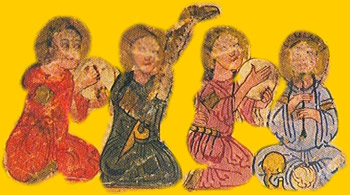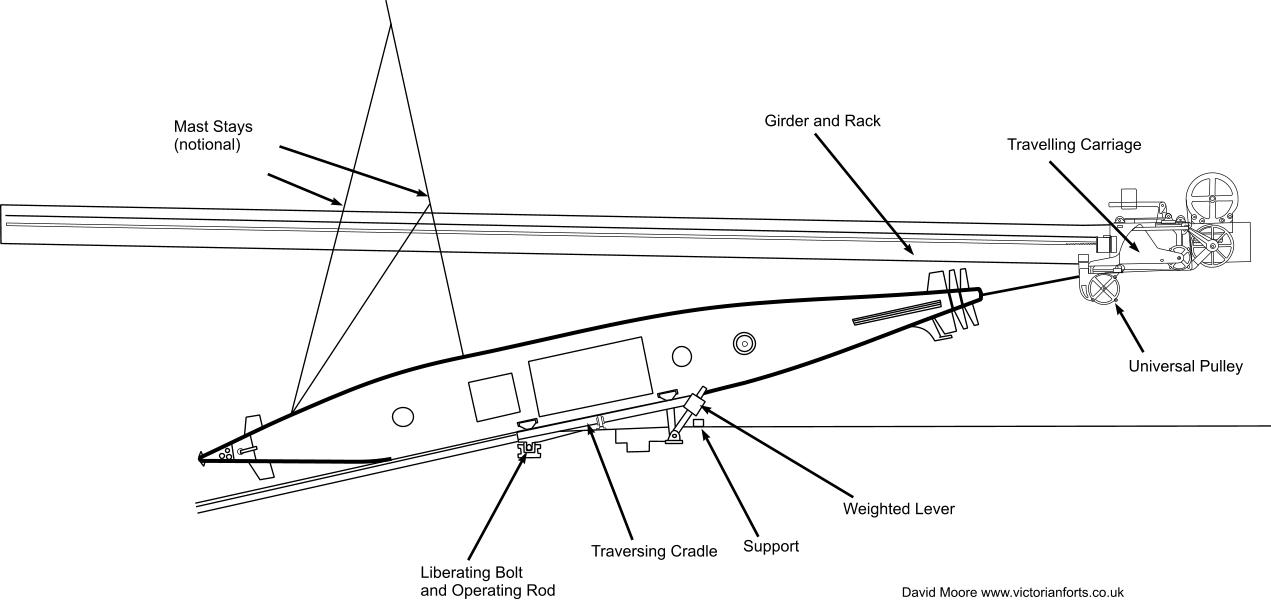HISTORY OF ROBOTS
The history of robots has its origins on the ancient world. The modern concept began to be developed with the onset of the Industrial Revolution, which allowed the use of complex mechanics, and the subsequent introduction of electricity. This made it possible to power machines with small compact motors. In the early 20th century, the notion of a humanoidmachine was developed. Today, one can envisage human-sized robots with the capacity for near-human thoughts and movement.
The first uses of modern robots were in factories as industrial robots – simple fixed machines capable of manufacturing tasks which allowed production with less need for human assistance. Digitally controlled industrial robots and robots using artificial intelligence have been built since the 2000s.
EARLY BEGINNINGS
Concepts akin to a robot can be found as long ago as the 4th century BC, when the Greek mathematician Archytas of Tarentum postulated a mechanical bird he called "The Pigeon", which was propelled by steam. Yet another early automaton was the clepsydra, made in 250 BC by Ctesibius of Alexandria, a physicist and inventor from Ptolemaic Egypt.[8] Hero of Alexandria (10–70 AD) made numerous innovations in the field of automata, including one that allegedly could speak.
Taking up the earlier reference in Homer's Iliad, Aristotle speculated in his Politics (ca. 322 BC, book 1, part 4) that automata could some day bring about human equality by making possible the abolition of slavery:
The Cosmic Engine, a 10-metre (33 ft) clock tower built by Su Song in Kaifeng, China, in 1088, featured mechanical mannequins that chimed the hours, ringing gongs or bells among other devices.


Al-Jazari (1136–1206), a Muslim inventorduring the Artuqid dynasty, designed and constructed a number of automatic machines, including kitchen appliances and musical automata powered by water. One particularly complex automaton included four automatic musicians that floated on a lake.
Hero's works on automata were translated into Latin amid the 12th century Renaissance. The early 13th-century artist-engineer Villard de Honnecourt sketched plans for several automata. At the end of the 13th century, Robert II, Count of Artois, built a pleasure garden at his castle at Hesdin that incorporated a number of robots, humanoid and animals.

One of the first recorded designs of a humanoid robot was made by Leonardo da Vinci (1452–1519) in around 1495. Leonardo's notebooks, rediscovered in the 1950s, contain detailed drawings of a mechanical knight in armour which was able to sit up, wave its arms and move its head and jaw.[16] The design is likely to be based on his anatomical research recorded in the Vitruvian Man but it is not known whether he attempted to build the robot (see: Leonardo's robot). In 1533, Johannes Müller von Königsberg created an automaton eagle and fly made of iron; both could fly.[17] John Dee is also known for creating a wooden beetle, capable of flying.[17

Around 1700, many automata were built, some of which could act, draw, fly, or play music;[17] some of the most famous works of the period were created by Jacques de Vaucanson in 1737, including an automaton flute player, a tambourine player, and his most famous work, "The Digesting Duck". Vaucanson's duck was powered by weights, and could imitate a real duck by flapping its wings (there were over 400 parts in each of the wings alone), eat grain, digest it, and defecate by excreting matter stored in a hidden compartment.[18]

One of the first recorded designs of a humanoid robot was made by Leonardo da Vinci (1452–1519) in around 1495. Leonardo's notebooks, rediscovered in the 1950s, contain detailed drawings of a mechanical knight in armour which was able to sit up, wave its arms and move its head and jaw.[16] The design is likely to be based on his anatomical research recorded in the Vitruvian Man but it is not known whether he attempted to build the robot (see: Leonardo's robot). In 1533, Johannes Müller von Königsberg created an automaton eagle and fly made of iron; both could fly.[17] John Dee is also known for creating a wooden beetle, capable of flying.[17

Around 1700, many automata were built, some of which could act, draw, fly, or play music;[17] some of the most famous works of the period were created by Jacques de Vaucanson in 1737, including an automaton flute player, a tambourine player, and his most famous work, "The Digesting Duck". Vaucanson's duck was powered by weights, and could imitate a real duck by flapping its wings (there were over 400 parts in each of the wings alone), eat grain, digest it, and defecate by excreting matter stored in a hidden compartment.[18]
The Japanese craftsman Hisashige Tanaka, known as "Japan's Edison", created an array of extremely complex mechanical toys, some of which could serve tea, fire arrows drawn from a quiver, or even paint a Japanese kanjicharacter. The landmark text Karakuri Zui(Illustrated Machinery) was published in 1796.[19]
REMOTE-CONTROLLED SYSTEMS


Remotely operated vehicles were demonstrated in the late 19th century in the form of several types of remotely controlled torpedoes. The early 1870s saw remotely controlled torpedoes by John Ericsson(pneumatic), John Louis Lay (electric wire guided), and Victor von Scheliha (electric wire guided).[20]
The Brennan torpedo, invented by Louis Brennan in 1877 was powered by two contra-rotating propellers that were spun by rapidly pulling out wires from drums wound inside the torpedo. Differential speed on the wires connected to the shore station allowed the torpedo to be guided to its target, making it "the world's first practical guided missile".[21]In 1898 Nikola Tesla publicly demonstrated a "wireless" radio-controlled torpedo that he hoped to sell to the U.S. Navy.[22][23]
Archibald Low was known as the "father of radio guidance systems" for his pioneering work on guided rockets and planes during the First World War. In 1917, he demonstrated a remote controlled aircraft to the Royal Flying Corps and in the same year built the first wire-guided rocket.
In the winter of 1970, the Soviet Union explored the surface of the moon with the lunar vehicle Lunokhod 1, the first roving remote-controlled robot to land on another celestial body.

Hi I'm Avkez creator of this blog. If you like it leave a comment down below. I may add more information in the near future.
ReplyDeleteTHANK YOU
01011001 01001111 00100000 01000111 01010101 01011001 01010011 00100000 01010111 01010100 01000110 00100000 01010111 01001000 01011001 00100000 01000100 01001111 00100000 01011001 01001111 01010101 00100000 01001110 01001111 01010100 00100000 01000011 01001111 01001101 01001101 01000101 01001110 01010100
ReplyDeleteContinue with your endeavors to know more about robotics for the betterment of humankind.
ReplyDelete